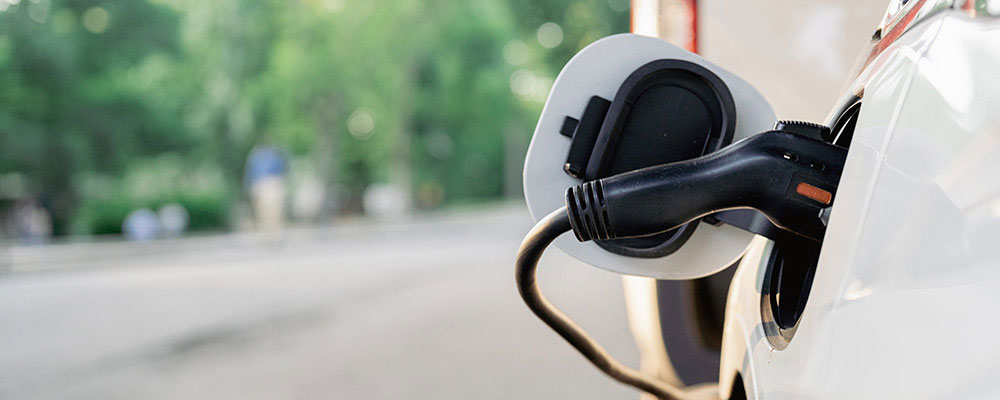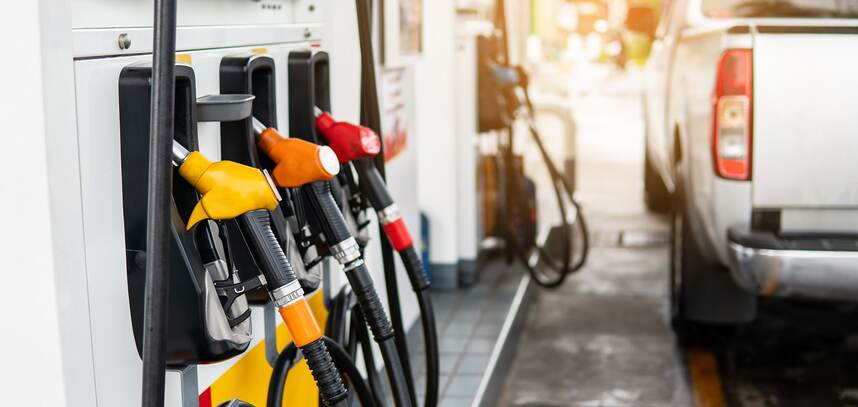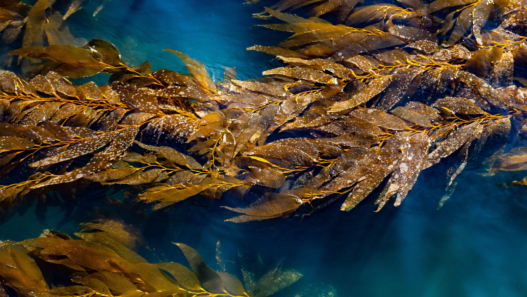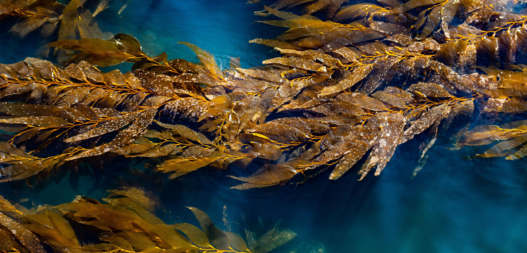In 2011, when invasive seaweed began flooding Caribbean beaches, local residents were left puzzled.
The Seaweed Problem
Soon, unsightly mounds of sargassum, carried by currents from the Sargasso Sea and linked to climate change, blanketed the region’s beloved coastlines. The decomposition of this seaweed emitted a foul odor, driving away tourists and creating a significant issue for the small, tourism-dependent islands with limited resources.
A National Emergency
In 2018, recognizing the severity of the situation, Barbados’ Prime Minister Mia Mottley declared sargassum a national emergency.
Innovative Solutions
Now, a group of forward-thinking Caribbean scientists and environmentalists are working to turn this problematic seaweed into a valuable resource by converting it into biofuel.
They’ve recently introduced the world’s first vehicle powered by bio-compressed natural gas, developed at the University of the West Indies (UWI) in Barbados. This innovative fuel source not only uses sargassum but also incorporates wastewater from local rum distilleries and dung from the island’s native blackbelly sheep, which supplies the necessary anaerobic bacteria.
The team asserts that any car can be converted to run on this gas through a straightforward, cost-effective four-hour installation process, utilizing an easily accessible kit, with a total cost of approximately $2,500 (£1,940).

From Sugarcane to Sargassum
Initially, researchers explored the use of sugarcane to decrease reliance on costly imported fossil fuels and steer the Caribbean towards its goal of zero emissions. However, as project founder Dr. Legena Henry explains, despite Barbados being one of the few islands still producing sugarcane, the quantity was deemed insufficient for their ambitious goals.
“Sargassum, on the other hand,” she notes with a grimace, “is something we will never run out of.”
“Tourism has suffered greatly from the seaweed; hotels have spent millions trying to manage it. It’s caused a crisis,” continues Dr. Henry, a renewable energy expert and lecturer at UWI.

Student Innovation
The idea to repurpose sargassum into something valuable came from one of her students, Brittney McKenzie, who noticed the number of trucks deployed to remove sargassum from Barbados’ beaches.
“We had just spent three weeks researching sugarcane. But looking at Brittney’s face, she was so excited, I couldn’t break her heart,” recalls Dr. Henry.
“We already had wastewater from rum distilleries, so we decided to combine that with sargassum and see what happened.”
Brittney was tasked with collecting seaweed from the beaches and setting up small-scale bioreactors for preliminary research. “Within just two weeks, we got pretty good results,” Brittney tells the BBC. “It turned out to be something even bigger than we initially thought.”

Patents and Investors
The team filed a patent for their formula and, in 2019, presented their project to potential investors during a side meeting at the UN General Assembly in New York.
Upon returning to Barbados, Dr. Henry’s phone was “buzzing” with congratulatory messages, including one from the US nonprofit Blue Chip Foundation, offering $100,000 to kickstart the work.
Further Research
Biologist Shamika Spencer was recruited to experiment with different quantities of sargassum and wastewater to determine which combination produced the most biogas. “Sargassum has been plaguing the region for years,” explains Ms. Spencer, who hails from Antigua and Barbuda. “I had always wondered about this new seaweed ruining the beaches in Antigua, and when I came to Barbados to study, I noticed it here too.”
The seaweed doesn’t just threaten tourism. It also poses health risks through the release of hydrogen sulfide as it decomposes, as well as endangering local wildlife like the critically endangered sea turtle hatchlings, which get trapped in thick mats of beached seaweed.
Water pollution and warming seas are blamed for the surge in sargassum, another catastrophic consequence of climate change that the Caribbean has contributed little to but often bears the brunt of.
In recent years, calls for ecological reparations from leaders like Barbados’ Prime Minister Mia Mottley and Antigua’s Prime Minister Gaston Browne have grown louder as the region struggles with rising sea levels and worsening storms.
While waiting for those calls to yield results, this project represents one example of the Caribbean taking its environmental future into its own hands.












